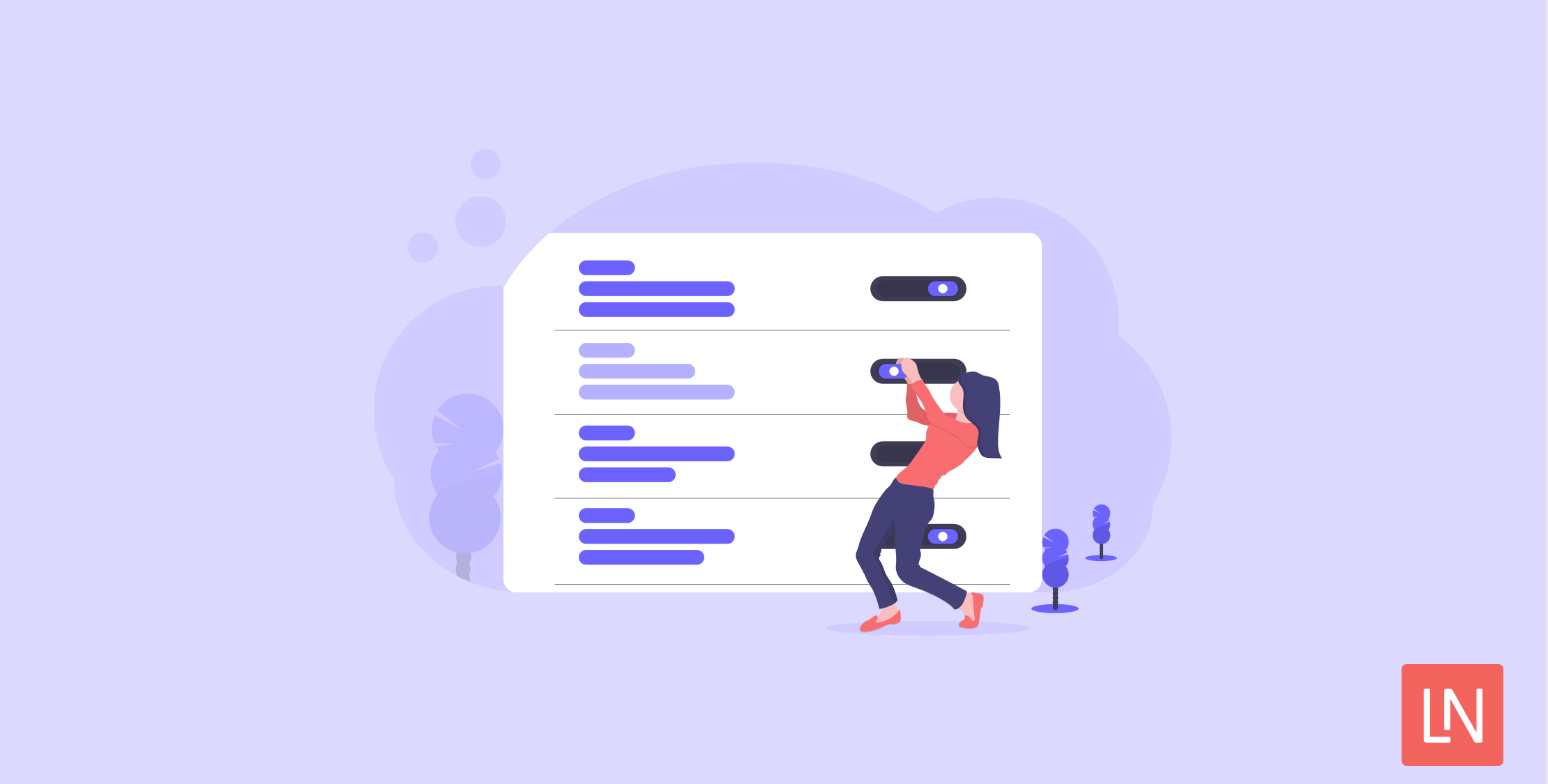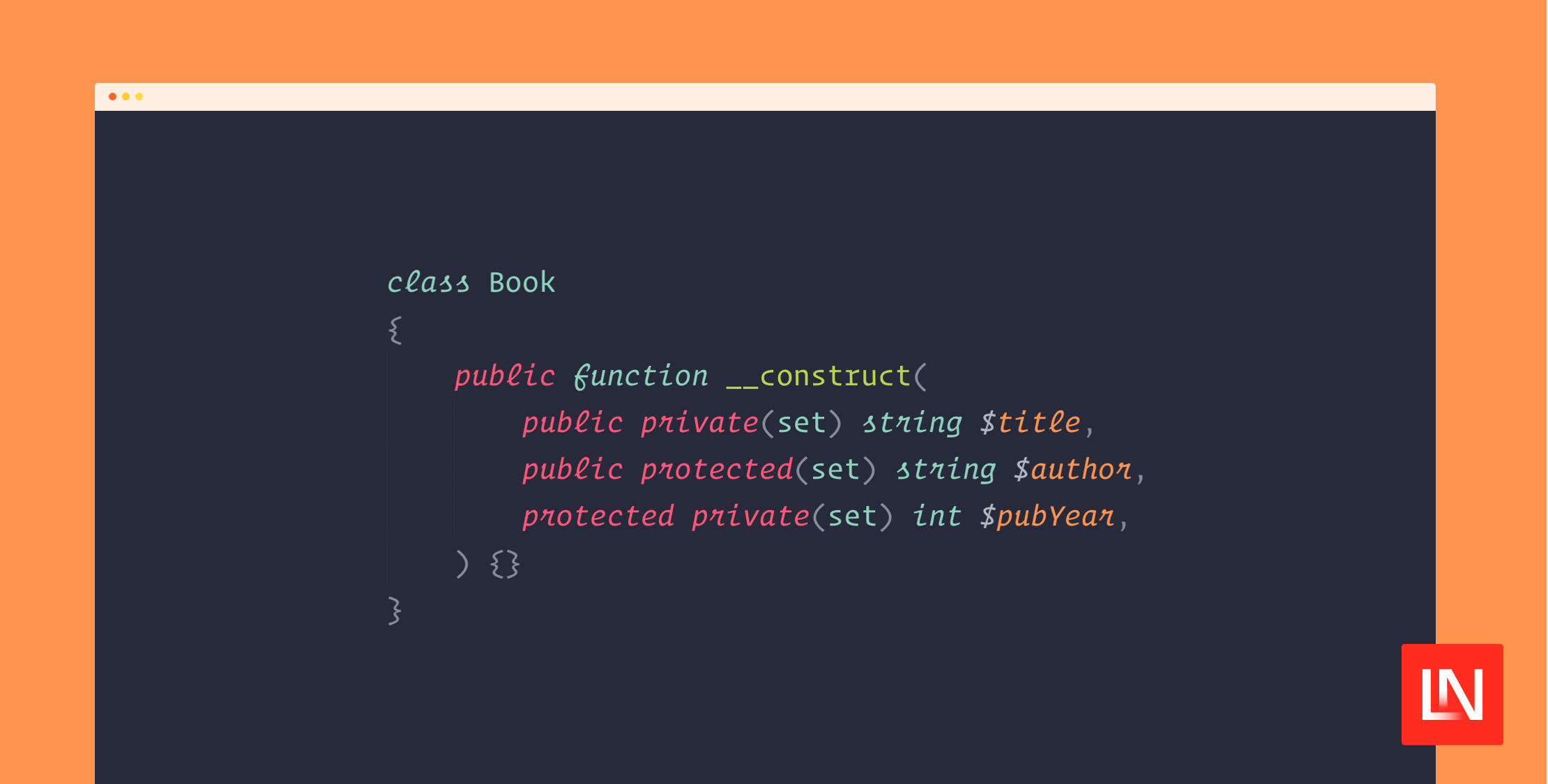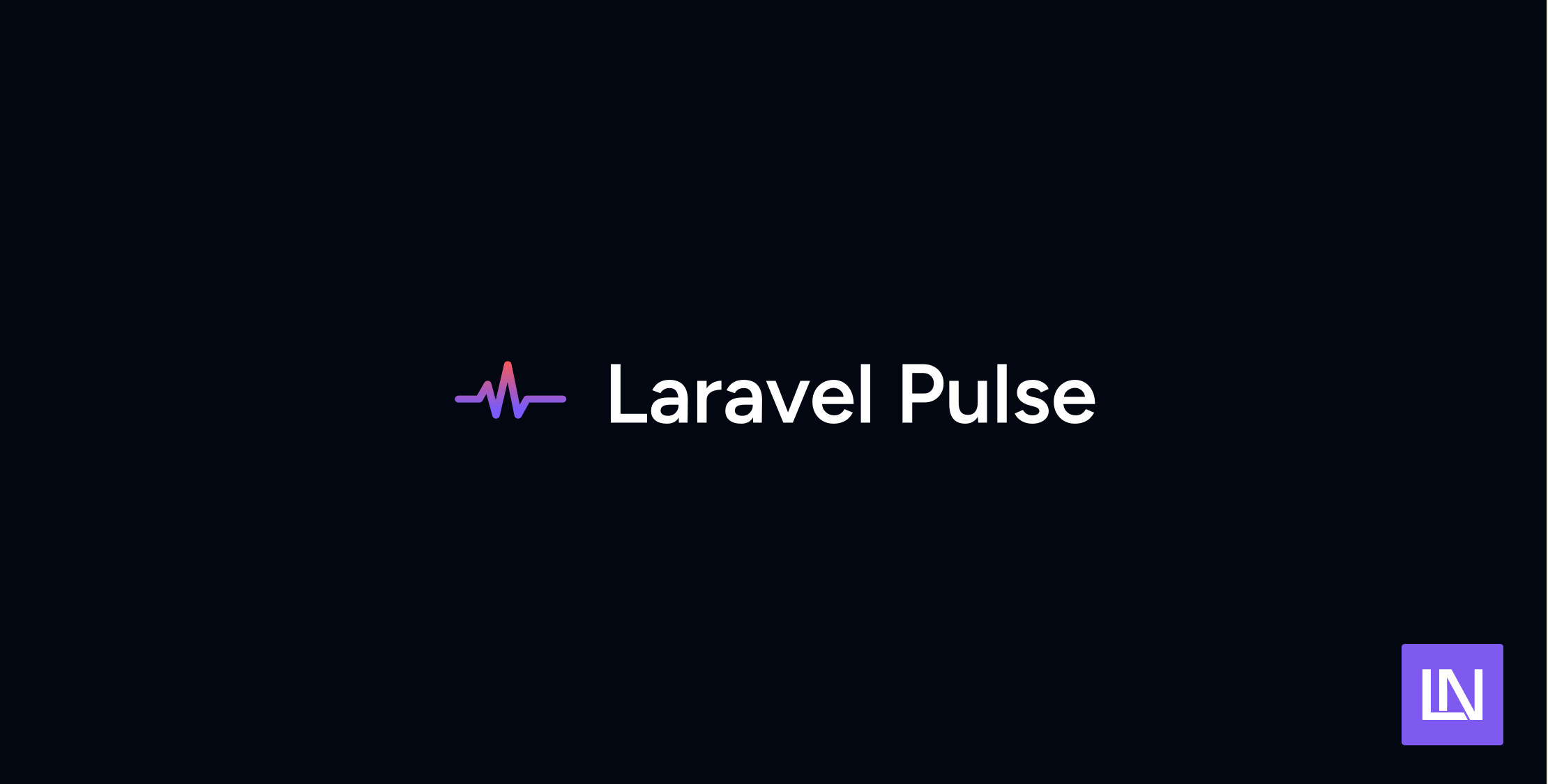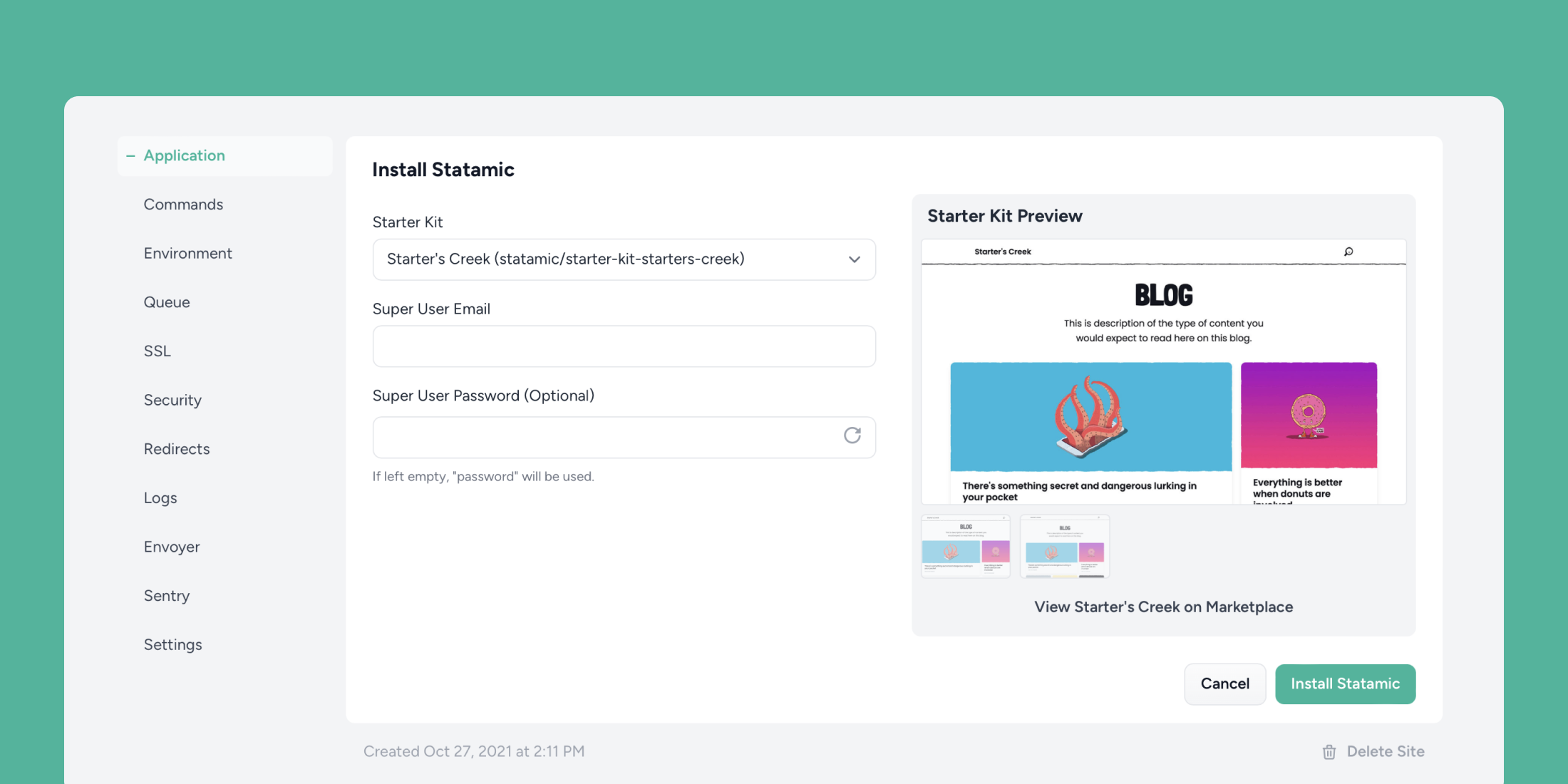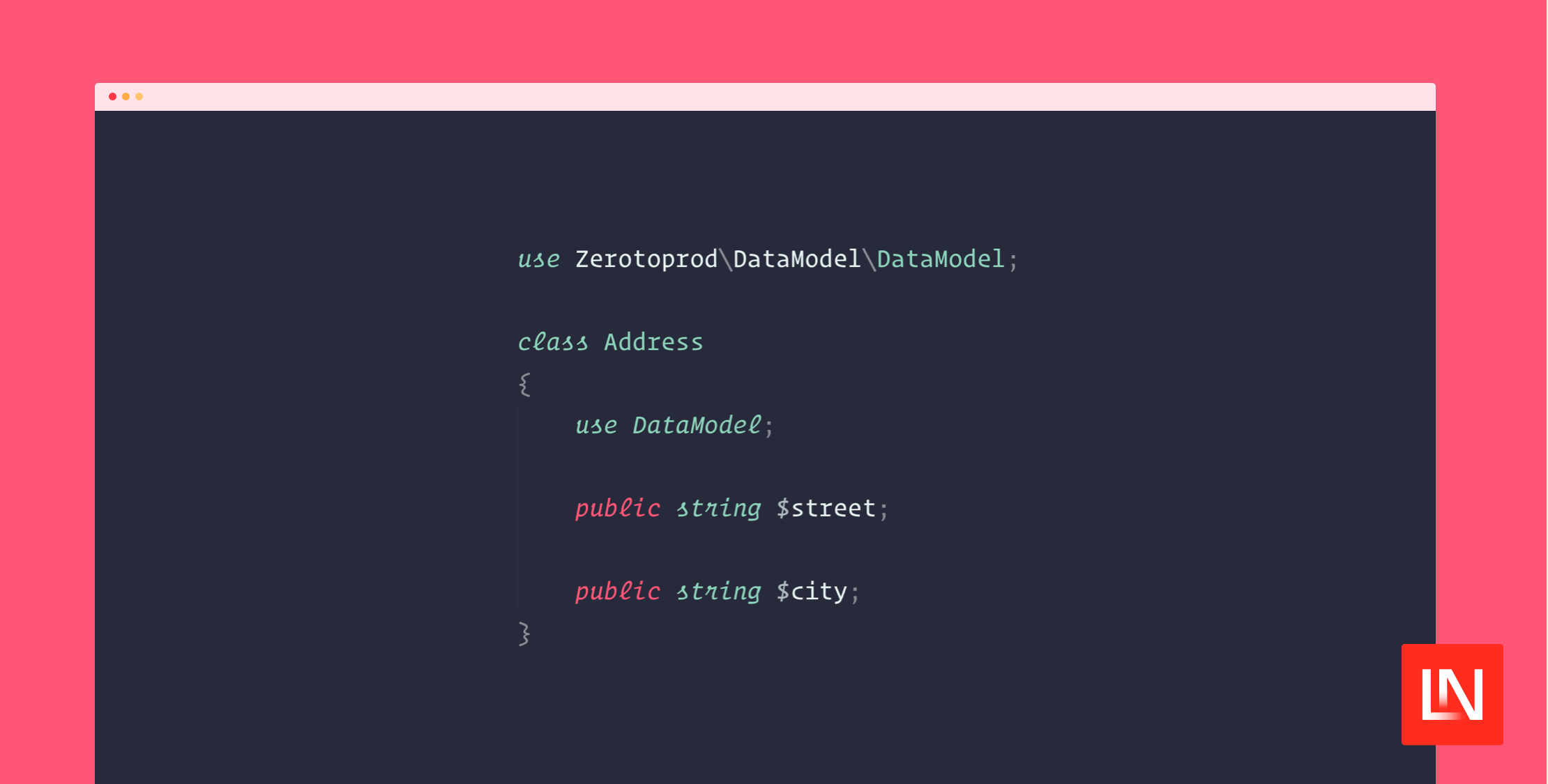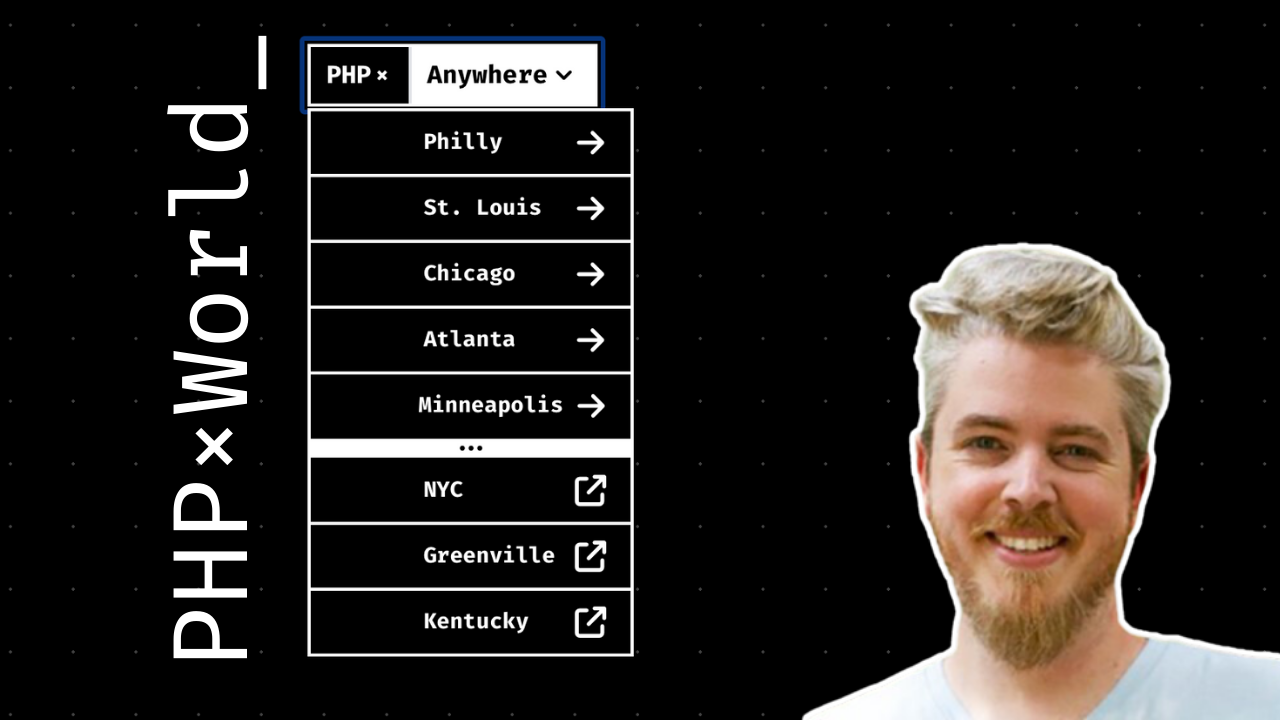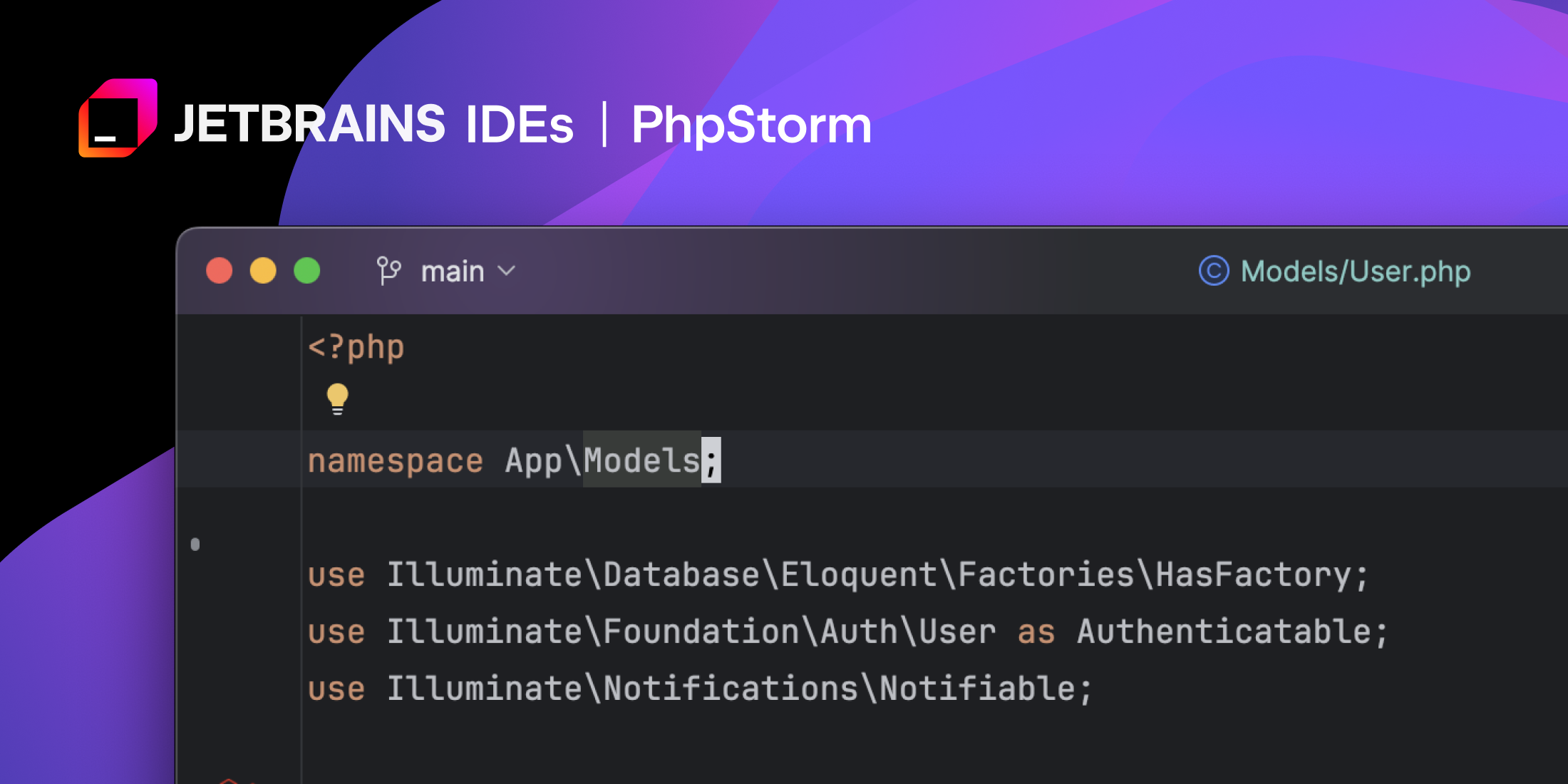Laravel Settings is a package by Spatie for storing strongly typed application settings in a repository and easily use them throughout your application.
Our newest package, laravel-settings, can be used to strongly type settings in a @laravelphp app.
Package: https://t.co/XbJbZDj0sg Blog post: https://t.co/opovTL39Bx
This is our second package release today! (First one: https://t.co/S2DG8zAucN) pic.twitter.com/k8DKt20THf
— Freek Van der Herten (@freekmurze) November 9, 2020
To help you visualize how you’ll eventually use this package, here’s an example of injecting a settings class in a controller and accessing settings:
class IndexController{ public function __invoke(GeneralSettings $settings){ return view('index', [ 'site_name' => $settings->site_name, ]); }}This package is built around strongly-typed settings classes, so naturally, you’re probably curious what GeneralSettings looks like in the above example:
use Spatie\LaravelSettings\Settings; class GeneralSettings extends Settings{ public string $site_name; public bool $site_active; public static function group(): string { return 'general'; }}You’ll likely want to provide a way for admins to update settings, and you can do so by simply setting properties on the class and calling save:
$settings->site_name = $request->input('site_name');$settings->site_active = $request->boolean('site_active'); $settings->save();You can even use casts, such as the DateTimeInterfaceCast that ships with this package. The DateTimeInterfaceCast can be used for properties that are DateTime, Carbon, etc. types.
Repositories
The Laravel Settings package persists data using either a database (i.e., MySQL, PostgresSQL) or Redis. You can also create a custom repository type if you need to support something besides the provided repositories.
You can support multiple database repositories in one application by configuring more than one repository in the package’s settings. You can also mix and match between Redis and database repositories and define which repository a class should use.
Learn More
This package is chalked full of features not mentioned in this post. I encourage you to read through the project’s readme and Store strongly typed settings in a Laravel app on Freek Van der Herten’s blog.

